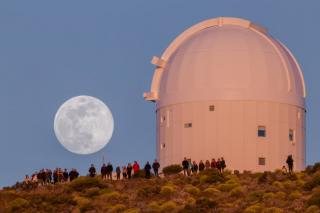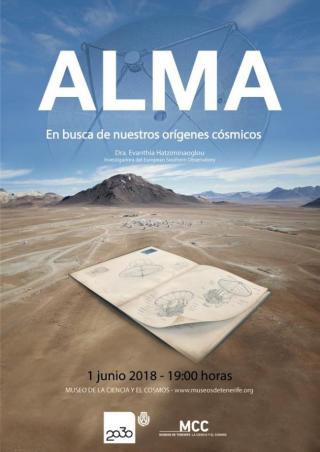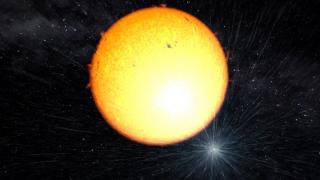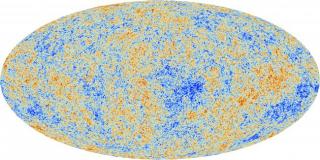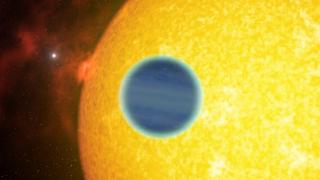
Scientists from the Instituto de Astrofísica de Canarias (IAC) and the University of Cambridge have observed with the Gran Telescopio Canarias (GTC) a rare gaseous planet, with partly clear skies, and strong signatures of alkali metals in its atmosphere.
Advertised on
